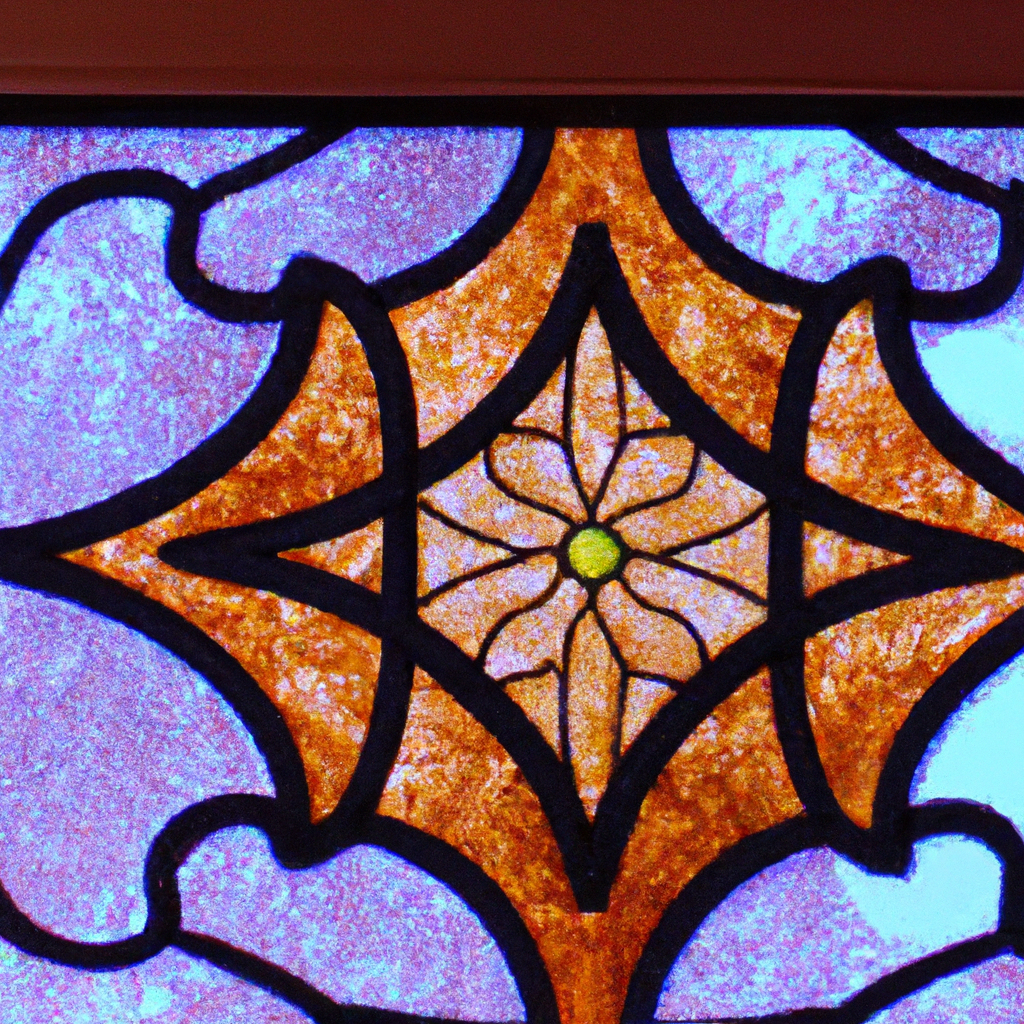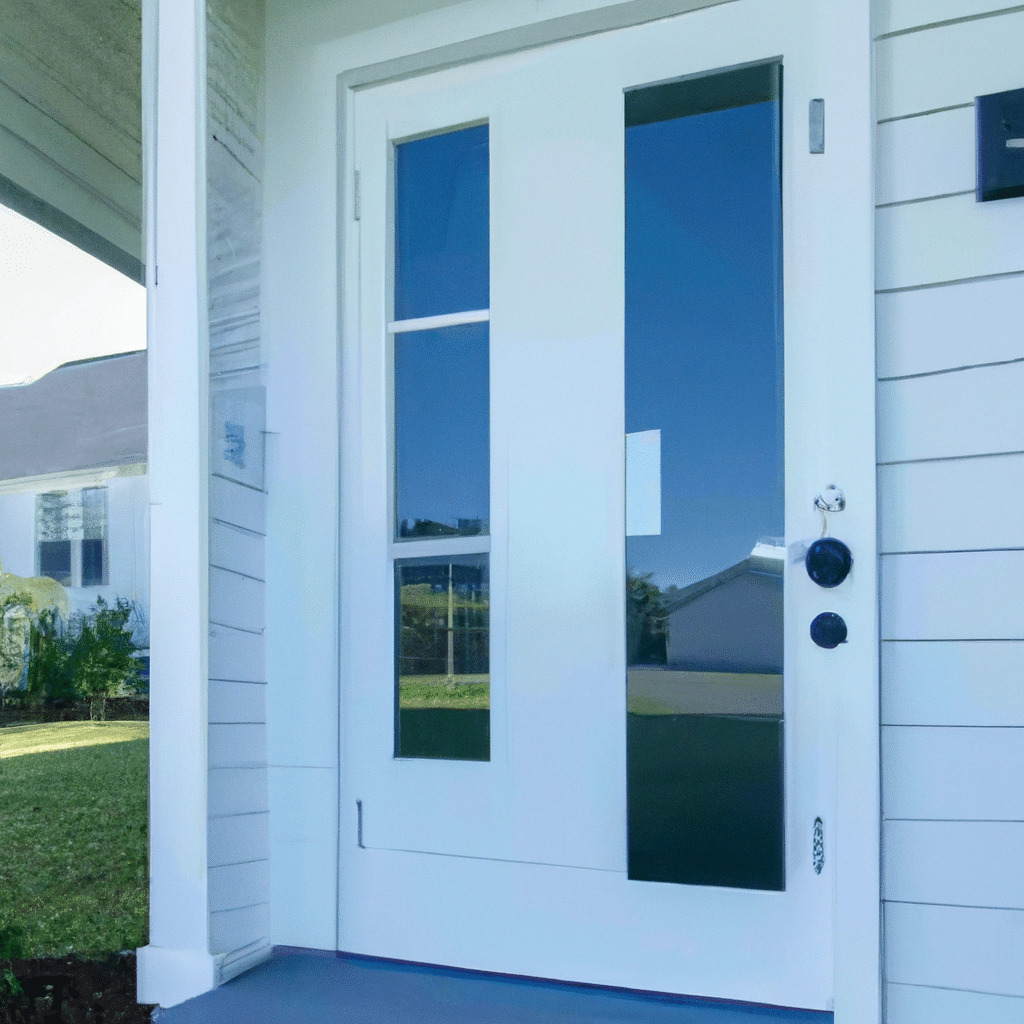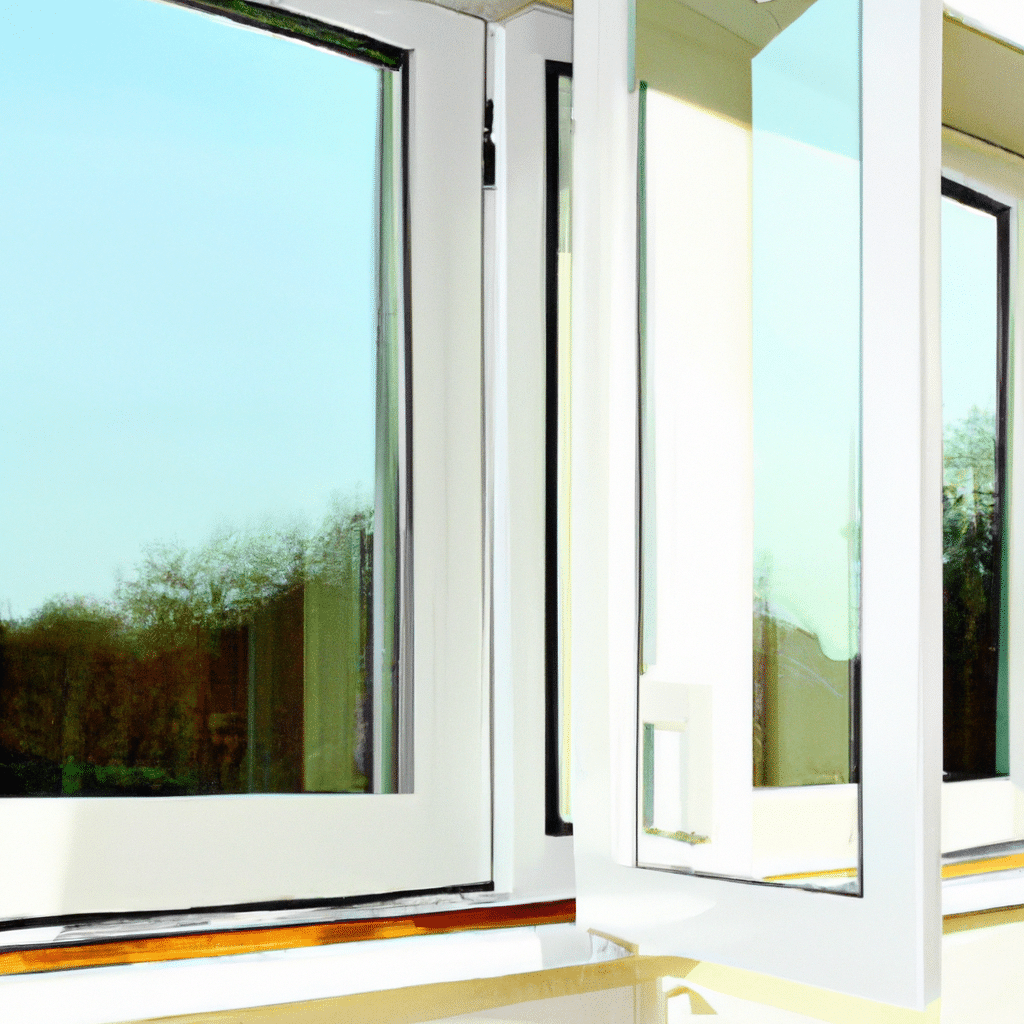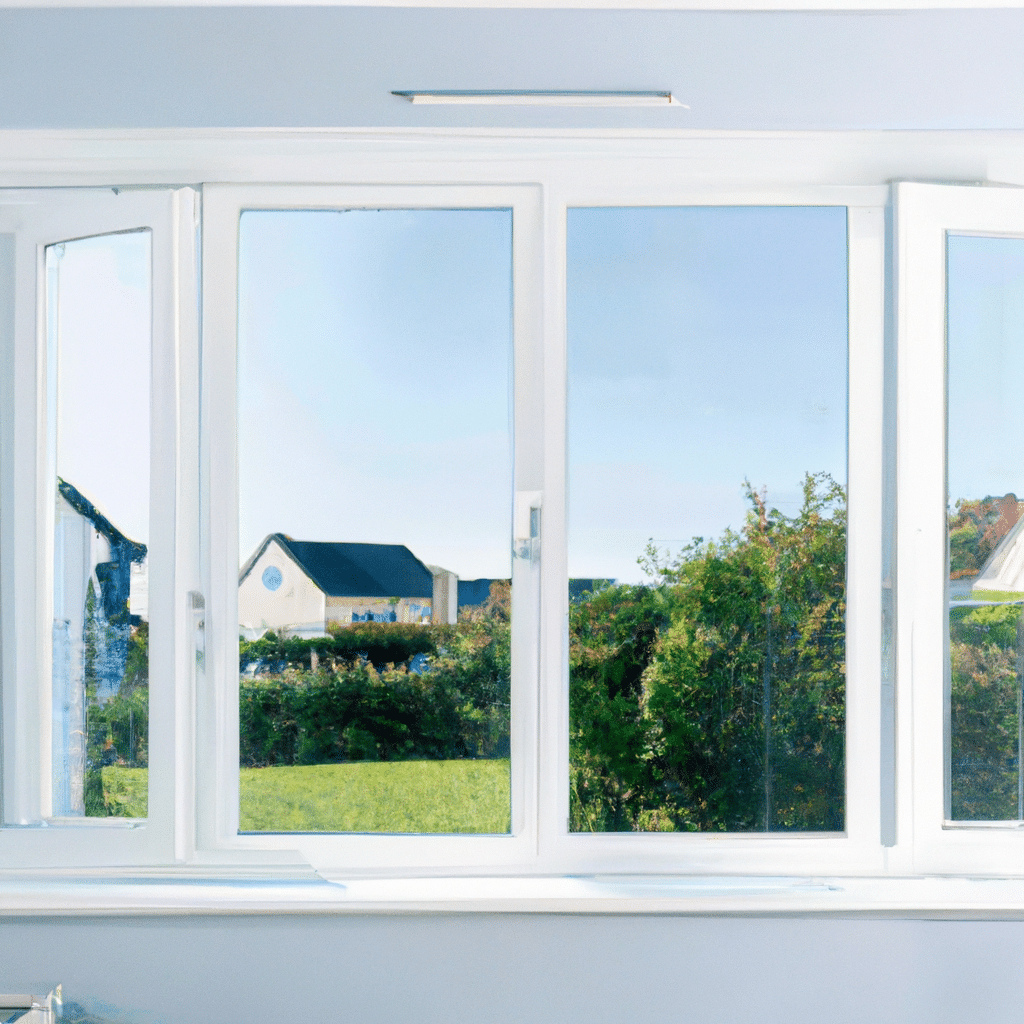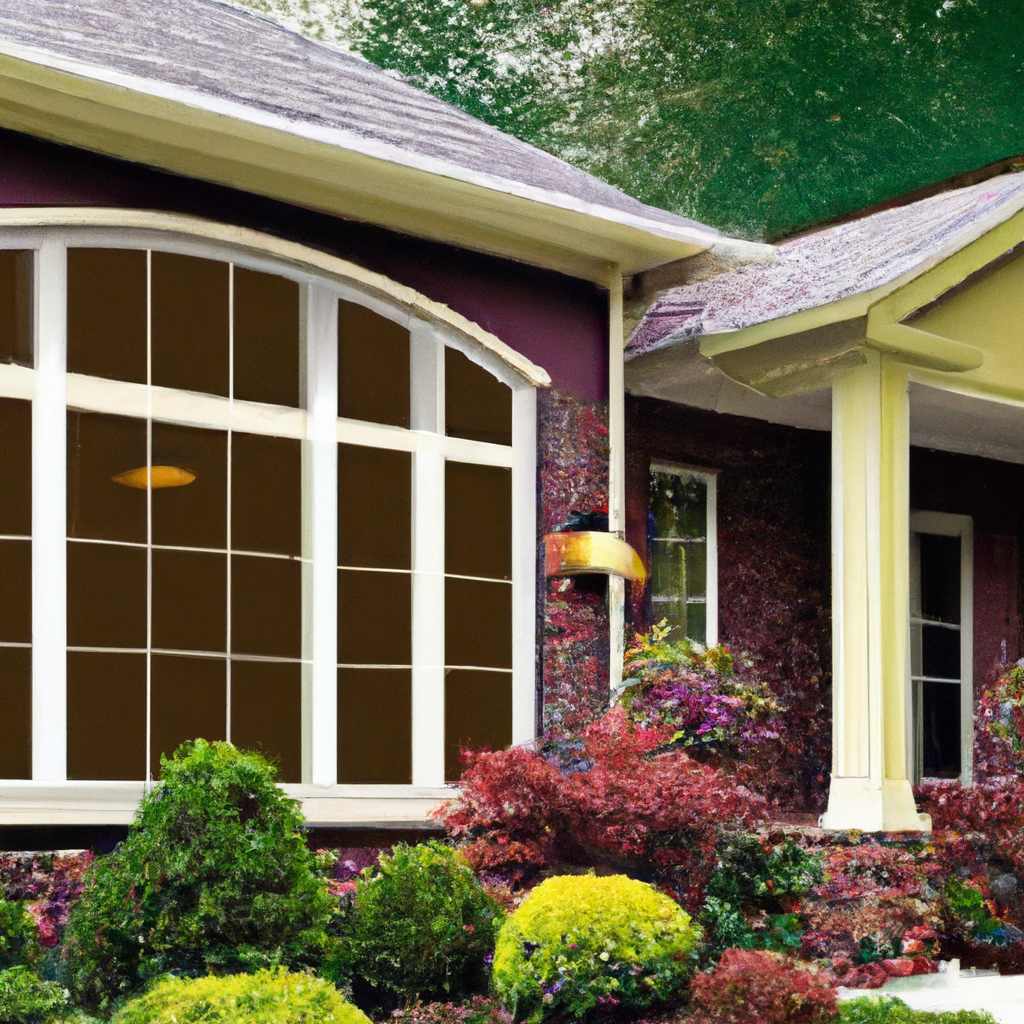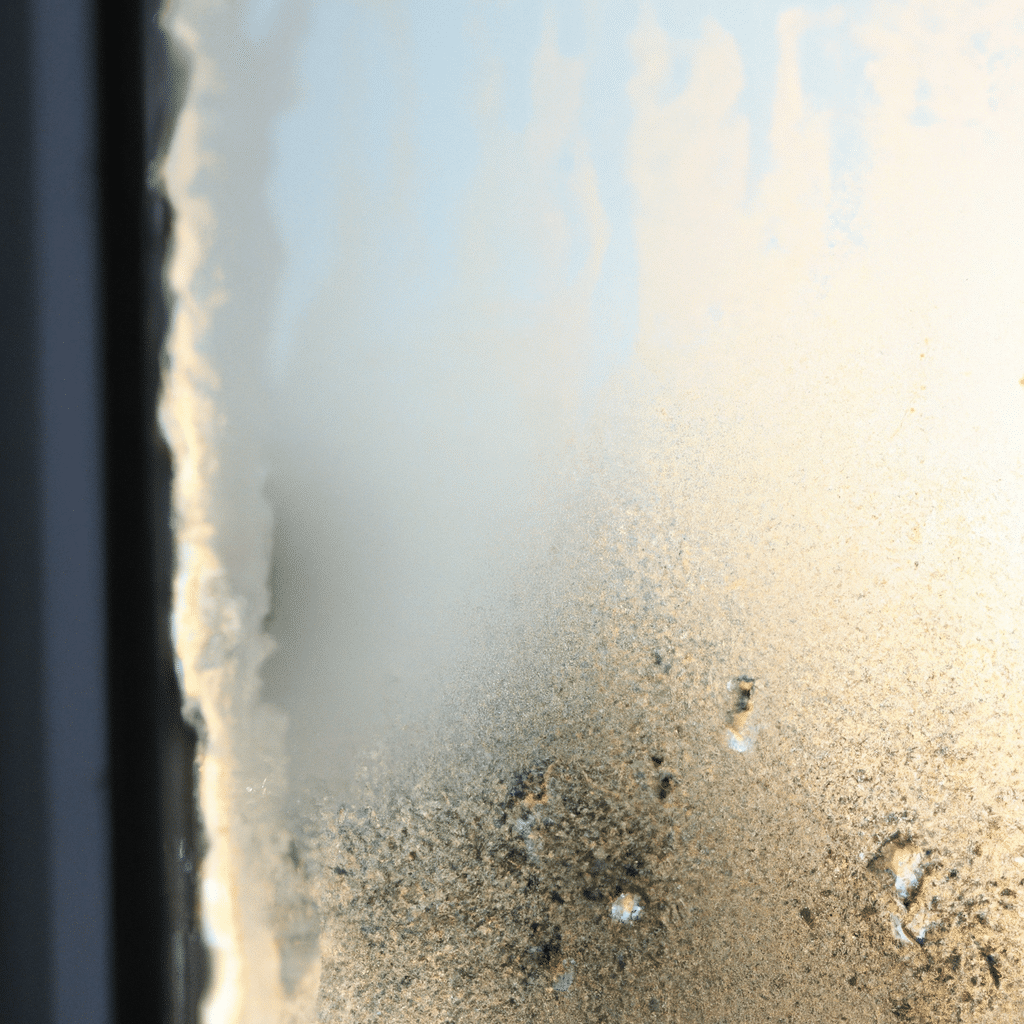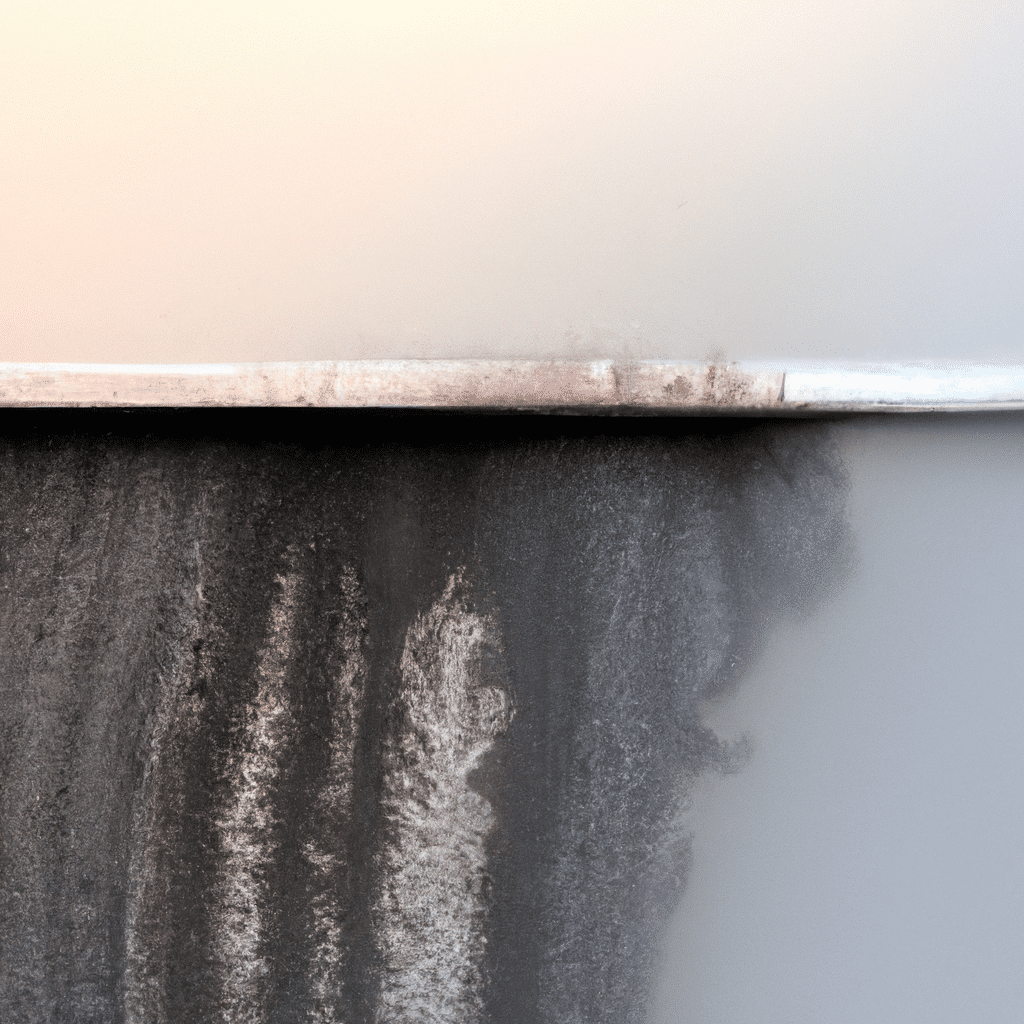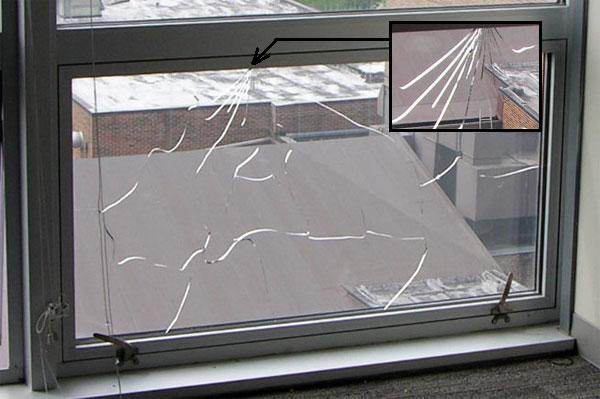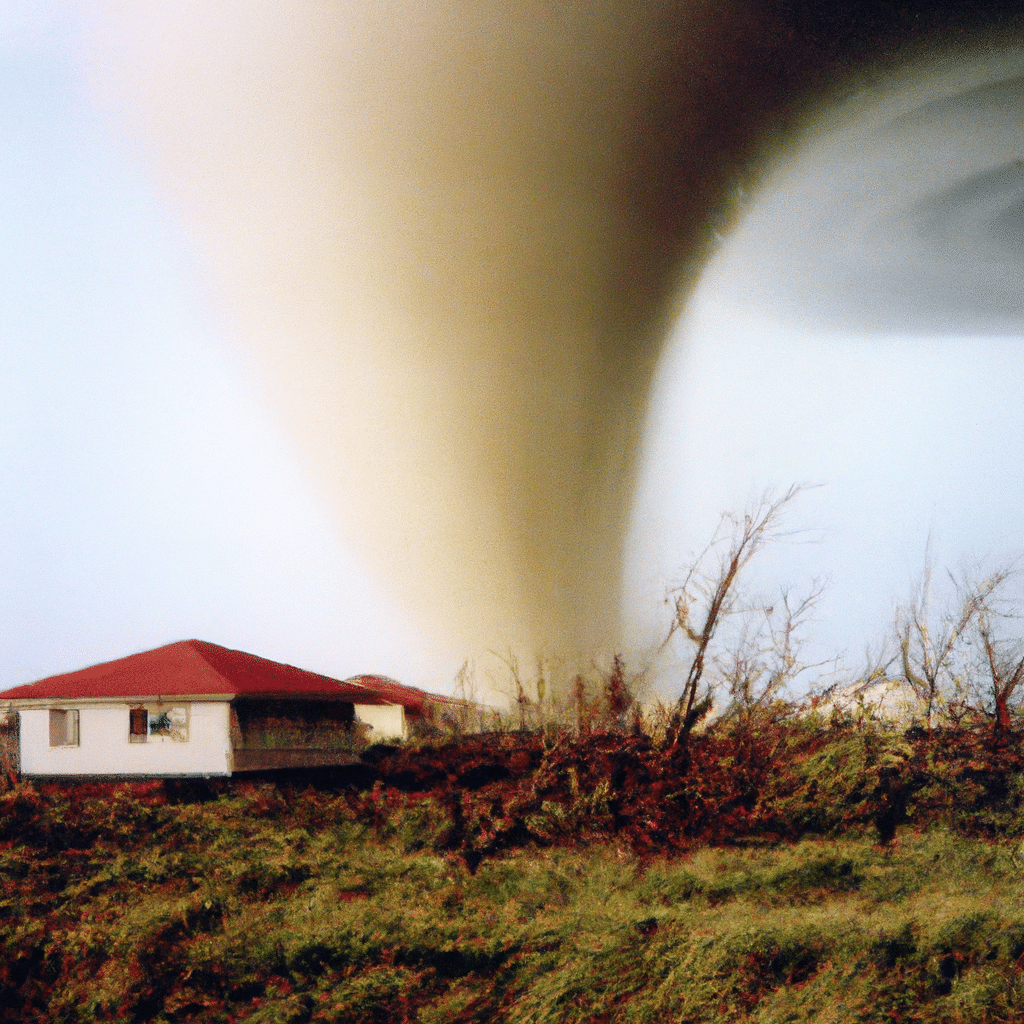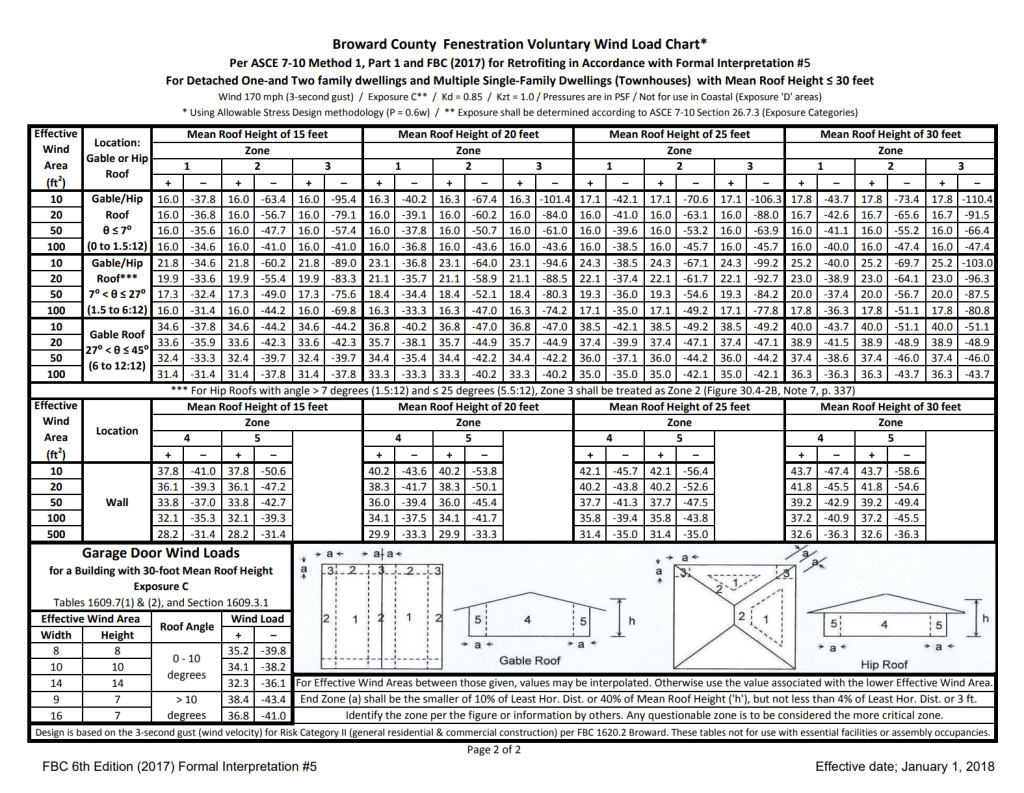Living in Florida means enjoying beautiful beaches and a constant breeze, but it also means dealing with the corrosive effects of salt air on everything from cars to electronics. So, when it comes to finding products that can withstand the challenges of this unique environment, you might be wondering if there are specific brands that are better suited for Florida’s salt air. In this article, we will explore whether there are any brands that stand out and offer products specifically designed to thrive in the salty coastal air of Florida.
Understanding Florida’s Salt Air Environment
Florida’s salt air environment is unique and poses distinct challenges to materials and equipment. With its coastal location and exposure to ocean breezes, the air is laden with salt particles that can have detrimental effects on various surfaces. To protect your property from the damaging effects of salt air, it is important to understand the specific considerations and select suitable brands for construction and maintenance.
The Unique Challenges of Salt Air
The salt particles present in Florida’s coastal air can cause corrosion and accelerated wear on exposed surfaces. This can lead to degradation of materials and decreased lifespan of equipment. The corrosive nature of salt air is amplified by the high humidity levels, which create an ideal environment for the salt particles to react with metals and other materials. This combination of salt and moisture can result in rust, discoloration, and structural weakening of surfaces and components.
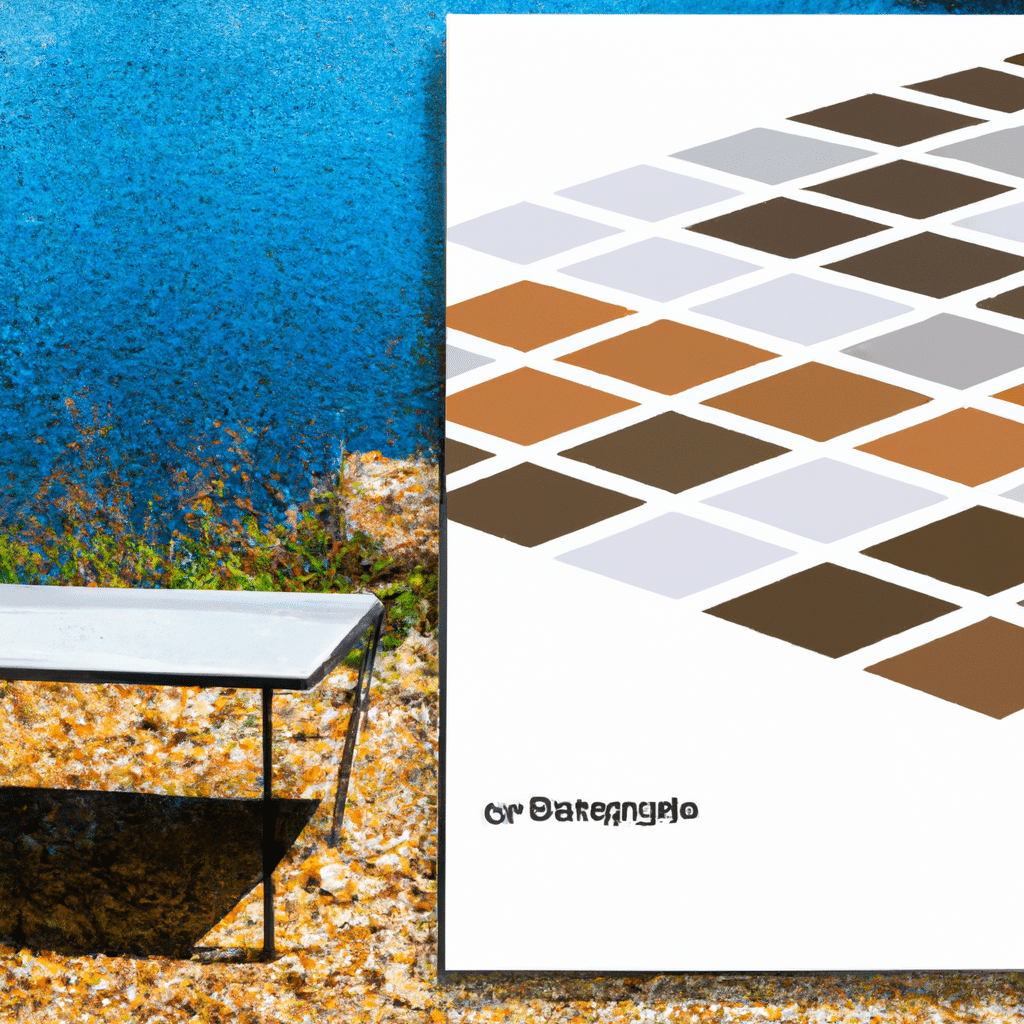
Effects on Materials and Equipment
The effects of salt air on materials and equipment can be wide-ranging. Metal surfaces, such as door and window frames, are particularly susceptible to corrosion. Without proper protection, these frames can deteriorate rapidly, compromising structural integrity and aesthetics. Wood surfaces can also suffer from salt air exposure, with the salt particles leading to warping, cracking, and discoloration. Additionally, outdoor furniture and accessories, including cushions and fabrics, can deteriorate quickly when exposed to salt air, leading to a decrease in their lifespan.
Importance of Selecting Suitable Brands
In order to combat the challenges posed by salt air, it is important to select suitable brands for construction and maintenance. Not all products are created equal, and some brands have developed specialized materials and coatings that are specifically designed to withstand the corrosive effects of salt air. By choosing reputable brands that prioritize corrosion resistance and durability, you can ensure the longevity and aesthetics of your property in Florida’s salt air environment.

Considerations for Coastal Construction
When undertaking coastal construction in Florida’s salt air environment, there are several key considerations to keep in mind. These considerations can help guide your selection of appropriate materials and brands, ensuring that your property is well-prepared to withstand the challenges of salt air exposure.
Corrosion Resistance
One of the most important factors to consider when selecting materials for coastal construction is corrosion resistance. Look for products that are specifically designed to resist the corrosive effects of salt air. Materials with protective coatings or treatments can provide an additional layer of defense against the damaging effects of salt particles.
Saltwater-Resistant Finishes
In addition to corrosion resistance, it is also important to consider the type of finish applied to materials. Saltwater-resistant finishes, such as marine-grade paints and coatings, are specially formulated to withstand the harsh coastal environment. These finishes provide enhanced protection against salt air exposure, ensuring that your property remains both functional and aesthetically pleasing.
Warranty and Guarantees
When selecting materials for coastal construction, be sure to consider the warranty and guarantees offered by different brands. Reputable brands that stand behind their products will often provide warranties that cover against the effects of salt air. This can provide peace of mind and assurance that the materials you choose will perform as expected in Florida’s salt air environment.
Building Materials for Salt Air
Now that we have explored the considerations for coastal construction, let’s delve into the specific building materials that are recommended for use in Florida’s salt air environment. From exterior paints and coatings to roofing materials, window and door frames, as well as outdoor furniture and accessories, there are several brands that have proven to excel in combating the corrosive effects of salt air.
Exterior Paints and Coatings
When it comes to protecting exterior surfaces from salt air, choosing the right paint or coating is crucial. Brand A is known for its durable and weather-resistant paints, specifically designed for coastal environments. Their products provide excellent corrosion resistance and color retention, ensuring that your property maintains its visual appeal despite the challenges of salt air exposure. Brand B and Brand C are also reputable choices, offering similar qualities and performance in harsh coastal conditions.
Roofing Materials
Roofing materials play a vital role in shielding your property from the elements, including salt air. Brand D offers a range of roofing materials that are specifically engineered to resist corrosion and degradation caused by salt particles. Their products are known for their durability and longevity in Florida’s salt air environment. Brand E and Brand F are also reliable choices, with roofing materials that provide excellent resistance to salt air and ensure a long-lasting roof for your property.
Window and Door Frames
Window and door frames are particularly susceptible to corrosion in salt air environments. To ensure the longevity and structural integrity of these components, it is important to choose brands that prioritize corrosion resistance. Brand G is widely recognized for its window and door frames that are specially treated to withstand salt air exposure. Their products provide excellent resistance to corrosion and ensure reliable performance in Florida’s coastal areas. Brand H and Brand I also offer window and door frames with similar corrosion-resistant properties, making them suitable choices for coastal construction.
Outdoor Furniture and Accessories
Outdoor furniture and accessories are constantly exposed to salt air and can quickly deteriorate if not made from suitable materials. Brand J specializes in outdoor furniture and accessories that are specifically designed to withstand the corrosive effects of salt air. Their products are made from materials that are resistant to rust, fading, and degradation, ensuring that your outdoor spaces remain functional and visually appealing. Brand K and Brand L also offer a range of outdoor furniture and accessories that are known for their durability and resistance to salt air exposure.

This image is property of gulfcoastappliances.com.
Customer Reviews and Testimonials
When considering suitable brands for Florida’s salt air environment, it is helpful to take into account customer reviews and testimonials. The experiences and feedback of other consumers can provide valuable insights into the reliability and performance of different brands in salt air conditions.
Consumer Feedback on Brand Reliability
By researching online reviews and forums, you can gain valuable information about the experiences of other homeowners and contractors with different brands. Pay close attention to reviews that specifically mention the performance of products in salt air environments. Look for brands with positive feedback on their reliability and resistance to corrosion in coastal areas.
Comparative Studies and Ratings
Independent comparative studies and ratings can also be a helpful resource when evaluating brands for salt air environments. These studies often assess various factors such as corrosion resistance, durability, and overall performance. Look for brands that consistently receive high ratings and perform well in rigorous testing.
Local Contractor Recommendations
Local contractors who have experience working in Florida’s salt air environment can provide valuable recommendations based on their firsthand knowledge. Consult with reputable contractors in your area to gather insights on brands that have proven to excel in combating the challenges of salt air exposure. Their expertise can help guide you in selecting suitable brands for your construction and maintenance needs.
Factors to Consider When Choosing Suitable Brands
In addition to the specific features and performance of brands, there are several factors to consider when making your selection. These factors can help ensure that the chosen brands align with your requirements and preferences in terms of budget, longevity, aesthetics, and availability.
Price Points and Budget
Consider your budget and price range when evaluating different brands. While quality is important, it is also crucial to find brands that offer suitable options within your financial constraints. Compare prices and weigh the cost against the expected durability and longevity of the materials or equipment.
Longevity and Durability
Ensure that the brands you choose prioritize longevity and durability in their products. Look for warranties or guarantees that reflect the brand’s confidence in the performance and lifespan of their materials or equipment. Prioritize brands that use high-quality materials and employ innovative manufacturing techniques to ensure their products withstand the harsh conditions of salt air exposure.
Aesthetics and Design
Aesthetics and design also play a crucial role in selecting suitable brands. Choose brands that offer a wide range of styles, colors, and finishes to match your desired aesthetic for your property. Consider the overall design and visual appeal of the products, ensuring they enhance the beauty of your coastal property.
Availability and Distribution
Lastly, consider the availability and distribution of the brands you are considering. Ensure that the chosen brands have a strong presence in your area, making it easier to access their products and additional maintenance services if needed. Local availability and support can be valuable in ensuring a seamless construction and maintenance process.
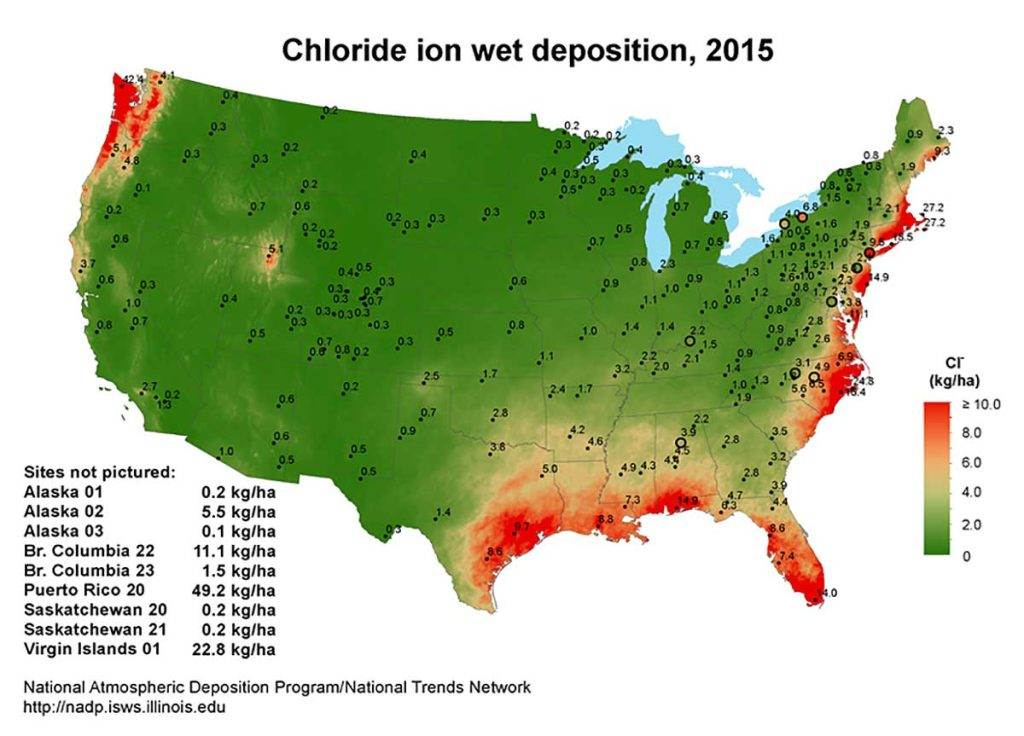
This image is property of pomametals.com.
Additional Maintenance Considerations
While selecting suitable brands is a crucial step in protecting your property from the effects of salt air, there are additional maintenance considerations to keep in mind. These practices can further enhance the longevity and performance of your materials and equipment.
Proper Cleaning and Rinsing
Regular cleaning and rinsing of surfaces exposed to salt air can help remove salt residue and prevent the build-up of corrosive particles. Follow the manufacturer’s recommendations for cleaning and use gentle, non-abrasive methods to avoid damaging the materials or coatings.
Routine Inspections and Repairs
Regular inspections of your property can help identify any signs of corrosion or deterioration early on. Schedule routine maintenance checks and promptly address any issues to prevent further damage or structural problems. Engage the services of professionals if necessary to perform comprehensive inspections and repairs.
Applying Protective Coatings
Consider applying additional protective coatings to surfaces that are particularly exposed to salt air, such as metal components and wood surfaces. These coatings can provide an extra layer of defense against the corrosive effects of salt particles and extend the lifespan of your materials.
By understanding the unique challenges of Florida’s salt air environment, considering the recommended brands for different building materials, incorporating customer reviews and testimonials, and assessing various factors, you can make informed decisions when selecting suitable brands for your property. By prioritizing corrosion resistance, saltwater-resistant finishes, and warranties, you can ensure the longevity, durability, and aesthetics of your property even in the face of salt air exposure. Remember to also implement proper maintenance practices to maximize the performance and lifespan of your materials and equipment. With these considerations in mind, you can confidently navigate Florida’s salt air environment and protect your investment for years to come.
Coastal Protection Across Our Florida Locations
-
Hallandale Beach
- Defending Hallandale Beach properties with trusted brands, ensuring enduring resilience against salt air’s corrosive impact.
-
Miami Lakes
- Preserving the serene charm of Miami Lakes with selected materials, offering durability and defense against salt air challenges.
-
Miami Gardens
- Enhancing Miami Gardens‘ community durability, our focus on corrosion resistance ensures long-lasting structures.
-
Hollywood
- Safeguarding Hollywood‘s coastal allure, our recommended brands secure both structural integrity and aesthetic appeal.

